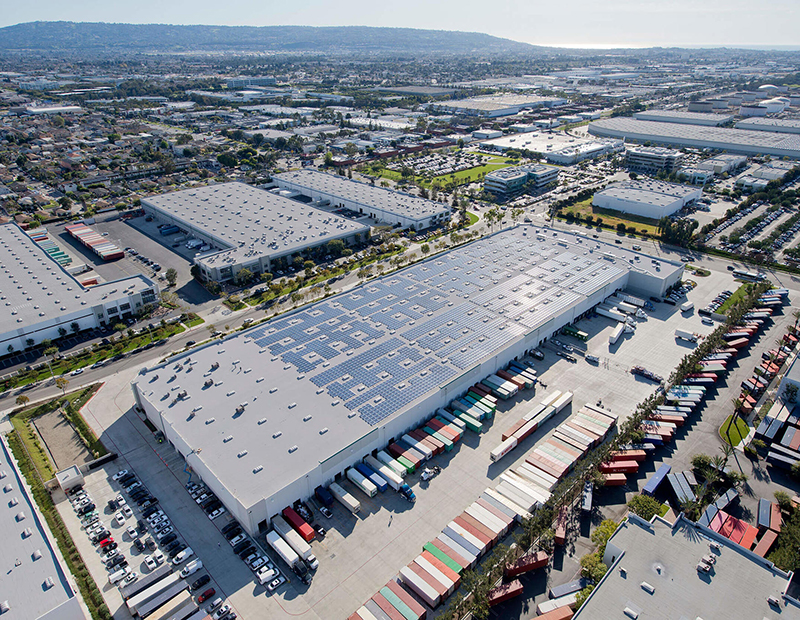China’s Lessons Offer Hope for US Logistics
The warehouse sector's 4.6 percent vacancy rate should help it weather slowing activity, according to Prologis.
Logistics activity has dimmed in the U.S. amid the economic shock waves of coronavirus, but China’s experience with the virus outbreak indicates that supply chains are more essential than ever, according to a new report from Prologis.
The San Francisco-based logistics giant’s Industrial Business Indicator (IBI), a proprietary monthly survey of activity by the company’s U.S. customers, dropped in March from 60.0 to 41.7. The reading points to a significant slowdown in the logistics market, although activity remains above the low of 31.1 reached in the 2008 financial crisis.
READ ALSO: Under the Radar, Small-Bay Warehouse Space Surges
“On one end of the spectrum, we’re seeing good activity in general retail, food and beverage, to a certain extent consumer products,” noted Chris Caton, head of global strategy and analytics at Prologis to Commercial Property Executive. “At the other end, (automotive) is just a really challenged category,” along with some customers that serve the hospitality and events space, he added.
Logistics weathered lockdowns
In that sense, logistics real estate in the U.S., as well as Europe is reliving the experience of China, where the COVID-19 epidemic prompted mass factory closures and population lockdowns in the world’s second-largest economy. Throughout the crisis, which began in late January, multiple online segments led by grocery and general retailers performed well, while automotive demand suffered.
Logistics customers focused on end-users and city distribution weathered the crisis the best, with e-commerce performing a critical role in delivering goods to Chinese consumers. Overall, labor shortages did not stop e-commerce deliveries. Construction of new projects experienced widespread delays, but logistics operations continued in areas not affected by strict government-mandated lockdowns.
Prologis, which owns properties across 19 Chinese markets as part of its 93 million-square-foot industrial platform in Asia, also signed roughly 600,000 square feet of new and renewal leases in the country in February and March, showing that decision-making didn’t freeze amid the turbulence.
“A lot of our facilities basically make city life possible in terms of e-commerce deliveries and the rapid replenishment of stores, and so we saw a category of our customers remain pretty active,” Caton said.
Strong momentum
The coronavirus crisis is expected to trigger a sharp but potentially brief contraction in the U.S. largest economy, with the Federal Reserve Bank of St. Louis now projecting a 32.1 percent unemployment rate. While the volatility is already being felt across the commercial real estate industry, the outlook is a mixed bag for logistics.
Like China, the U.S. and Europe have an extremely diverse base of logistics demand, and positive structural trends mean that the sector entered this period of uncertainty with “incredible momentum,” according to Caton. The average vacancy rate of logistics properties is 4.6 percent in the U.S. and below 4 percent in Europe, compared to the mid-7 percent range in 2007 and 2008.
“Our customers are talking about expecting a push of products through the supply chain as China gets back to work,” Caton added. “That should land in April and May.”








You must be logged in to post a comment.